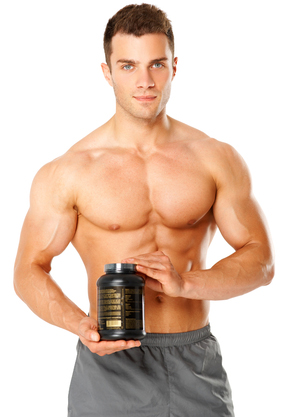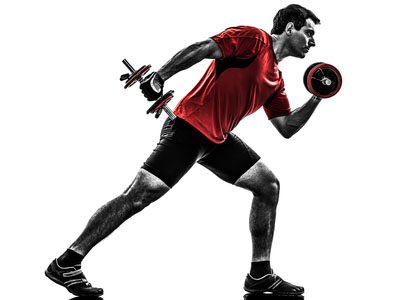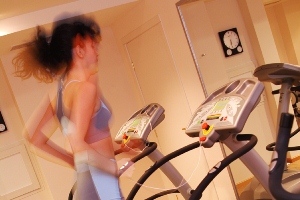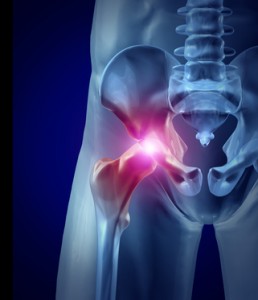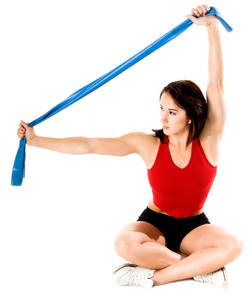Are You Still Doing Cardio?
Author: Kai Fusser, MS
 Last month I told you about functional fitness training and why I think it is superior to workouts on the machines that fill most gyms and sports clubs. This month my topic is sprint interval training, and why it beats the traditional cardiovascular or aerobic exercises.
Last month I told you about functional fitness training and why I think it is superior to workouts on the machines that fill most gyms and sports clubs. This month my topic is sprint interval training, and why it beats the traditional cardiovascular or aerobic exercises.
Walk into any gym and the first thing you see is people straddling treadmills, ellipticals or bikes for 45 minutes or more trying to burn calories and improving their aerobic fitness.
It is not an easy task for me to explain in a short fitness tip why we should stay away from the typical low to moderate-intensity continuous training (“CARDIO”) and instead do sprint interval training (SIT, or burst training), but here are the key points.
The Problem With Cardio Exercise
Slow cardio:
- is very time intensive (the number one reason people skip their workouts)
- only works on your aerobic fitness (and that fairly inefficient)
- burns some calories during the activity but has no impact on your overall metabolism
- stresses your joints due to repetitive impact (especially if you are running for your cardio)
- increases inflammation
The Benefits of Sprint Interval Training
Now here is a solution for you. SIT (sprint interval training) training:
- will only take about 4-8 minutes 3 days a week
- works your aerobic and anaerobic system at the same time
- will raise your metabolism for several hours after you have completed the exercise
- is very effective for fat loss
- will build “fast muscles”
- reduces impact on your joints and helps reduce inflammation
Sprint training can burn the same calories as slow cardio in 1/15th of the time! In addition, slow cardio exercise produces a lot of stress hormones (cortisol) while sprint training stimulates growth hormone (have you ever compared the physique of a sprinter to a marathon runner? It’s your choice).
It is the intensity, not duration that effects the adaptation to exercise.
Making Sprint Interval Training Work For You
There are different ways to implement SIT training:
It can be done on equipment like a:
- treadmill (using a steep incline rather than high speed)
- stationary bike
- upper body ergo meter
- or a X-iser
Or it can be done with no equipment at all, like
- sprinting (athletes only)
- running up a flight of stairs
- running up a hill
- or with full body calisthenics like a Turkish Getup.
I recommend that you start with 4 min workouts (add 2-3 min of warm up before) with a sprint to rest ratio of 1-3, say 10 sec sprint with 30 sec rest (slow pace). As you feel more comfortable you should work your way down to a ratio of 1-1 like 20 sec sprint with 20 sec rest. The maximum total time you would want to do is 8 min. (more is not better in this case).
Please remember that the sprints should be “high intensity” which is of course relative to your fitness level. The intensity will be different for a fully trained athlete than for a de-conditioned couch hugger.
The Bottom Line:
Sprint interval training (SIT) is a quick and efficient way to burn calories and get the cardiovascular exercise your body needs.
You will be surprised how quickly your:
- body will adapt to the new and positive exercise stress
- energy level will increase
- performance will improve,
- metabolism will pick up
You will save time and wear on your joints. Most of all, it can be fun !
These statements have not been evaluated by the Food and Drug Administration. This information is not intended to diagnose, treat, cure or prevent any disease.

